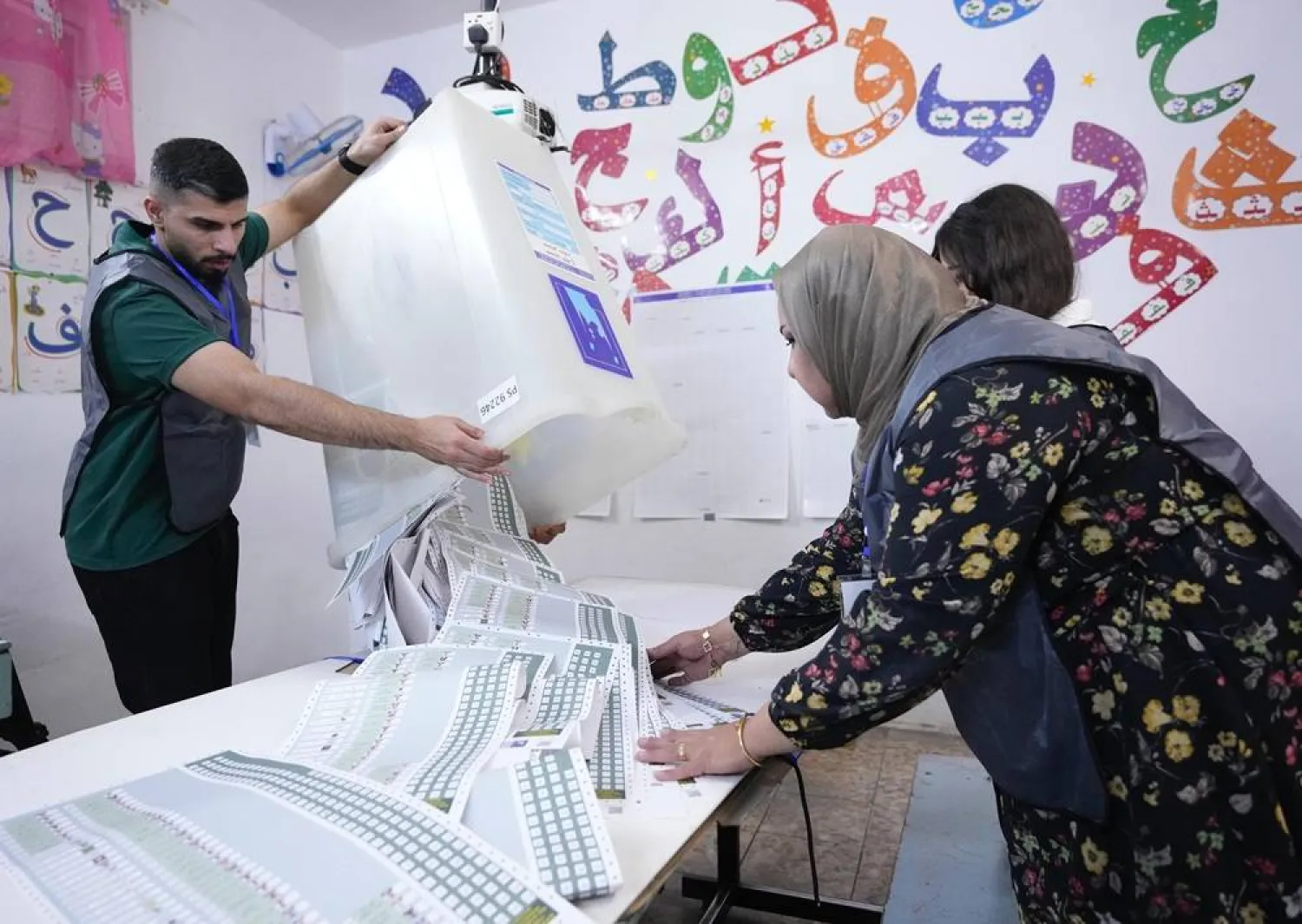Israel struck an “Iranian position” near a Russian base in western Syria. Drones, believed to be Iranian, retaliated by attacking an area close to the al-Tanf US base in eastern Syria without any Russia objection.
The developments, which took place hours from each other, are another example of the complex scene between regional and international parties in Syria and the impact of the war on Ukraine.
To decode these strikes and interventions one must go a few years back.
The United States decided to set up a base on the Syrian-Iraqi-Jordanian border. Its declared purpose was to provide direct support to Syrian opposition factions in their fight against the ISIS terror group.
The other reason was geopolitical: Capturing the al-Tanf, a main gateway in the land route that connects Tehran to Baghdad, then Damascus and that ends in Beirut.
Indeed, Washington has over the years fortified this base with a rocket system, ammunition, and training to Syrian factions, including the Maghaweir al-Thowra, but not Damascus’ forces.
This fortress of a base also has another purpose: Providing intelligence support to Israeli jets in their attacks against “Iranian targets” in implementation of Tel Aviv’s vow to prevent Iran from crossing “red lines” in Syria, namely preventing it from setting up drone and long-range ballistic missile factories and preventing weapons and rockets from being smuggled to Hezbollah in neighboring Lebanon.
The al-Tanf base has also provided military support to Jordan in cracking down on drug and arms smuggling networks in southeastern Syria.
How has Iran responded?
It saw how the international anti-ISIS coalition, led by the US, expanded its control over the regions east of the Euphrates River. It witnessed how it set up military bases along the Iraqi-Syrian border. So, slain commander of the Iranian Revolutionary Guards’ Quds Force Qassem Soleimani waged battles to expel ISIS from Syria’s Deir Ezzor province.
But more importantly, Iran established an alternate route, which passes through Alboukamal north towards the Syrian-Iraqi-Turkish border.
As Washington, Moscow, Amman and Tel Aviv intensified their efforts to keep Iran out of southern Syria, Soleimani shifted his attention towards expanding Iran’s military influence in Alboukamal and Deir Ezzor. He recruited militants, established rocket factories, deployed launchpads and set up underground arms caches.
Soleimani was killed in a US drone strike near Baghdad airport in January 2020.
Seeing Iran’s expansion, Israel and the US intensified their raids, including the “mysterious” ones, against “Iranian positions” in the Deir Ezzor countryside to prevent Tehran’s military entrenchment. Reports emerged of how Syria and Iraq became connected in terms of raids and retaliatory attacks being carried out. Washington and Tehran’s allies traded attacks along the sides of the Euphrates.
How did Iran respond?
It is now shut out of southern Syria by raids and settlements and its land routes through both al-Tanf and Alboukamal are effectively blocked. So, it shifted its focus towards the Mediterranean. Tehran was already vying for influence there against Russia.
Syria’s Tartus and Latakia ports have been claimed by Moscow. Tehran attempted to seize Latakia port, but that led to intensified Israeli strikes that almost led to a crisis between Tel Aviv and Moscow. Russia took advantage of Israel’s pressure on Iran and claimed the port to itself.
The latest developments in the “shadow war” between Israel and Iran in Syria is the intensification of Tehran’s arms supplies to Hezbollah and Tel Aviv’s strikes on the Tartus countryside where the Russian Hmeimim base is located.
Evidently, Israel wants to cut a new supply route, but this also reflects rising tensions between Tel Aviv and Moscow.
Israeli Prime Minister Yair Lapid angered Russian President Vladimi Putin when he described Moscow’s actions in Ukraine as “war crimes”. Israel is also upset with Russia over its efforts to shut the Jewish Agency that promotes emigration to Israel.
As for Syria, it is an arena for settling scores.
Condemnation was expressed when Russia operated an anti-aircraft missile system to target Israeli jets and when Tel Aviv targeted “Iranian positions” near Hmeimim.
Russia, however, did not object to the Iranian “drones” that targeted the al-Tanf base. How could it when it struck a deal with Iran to purchase its drones to use them against US allies in Ukraine? This is just another example of how the complex scene in Syria is impacted by Russia’s war on Ukraine.









